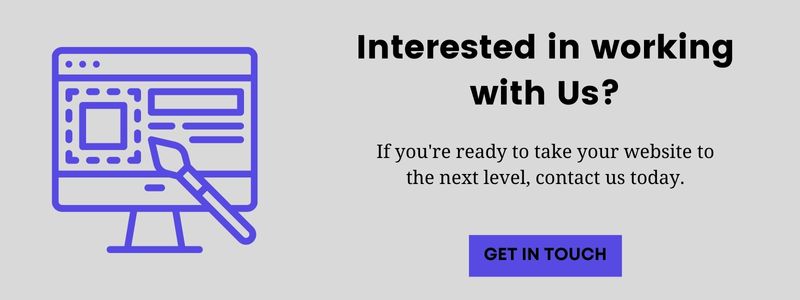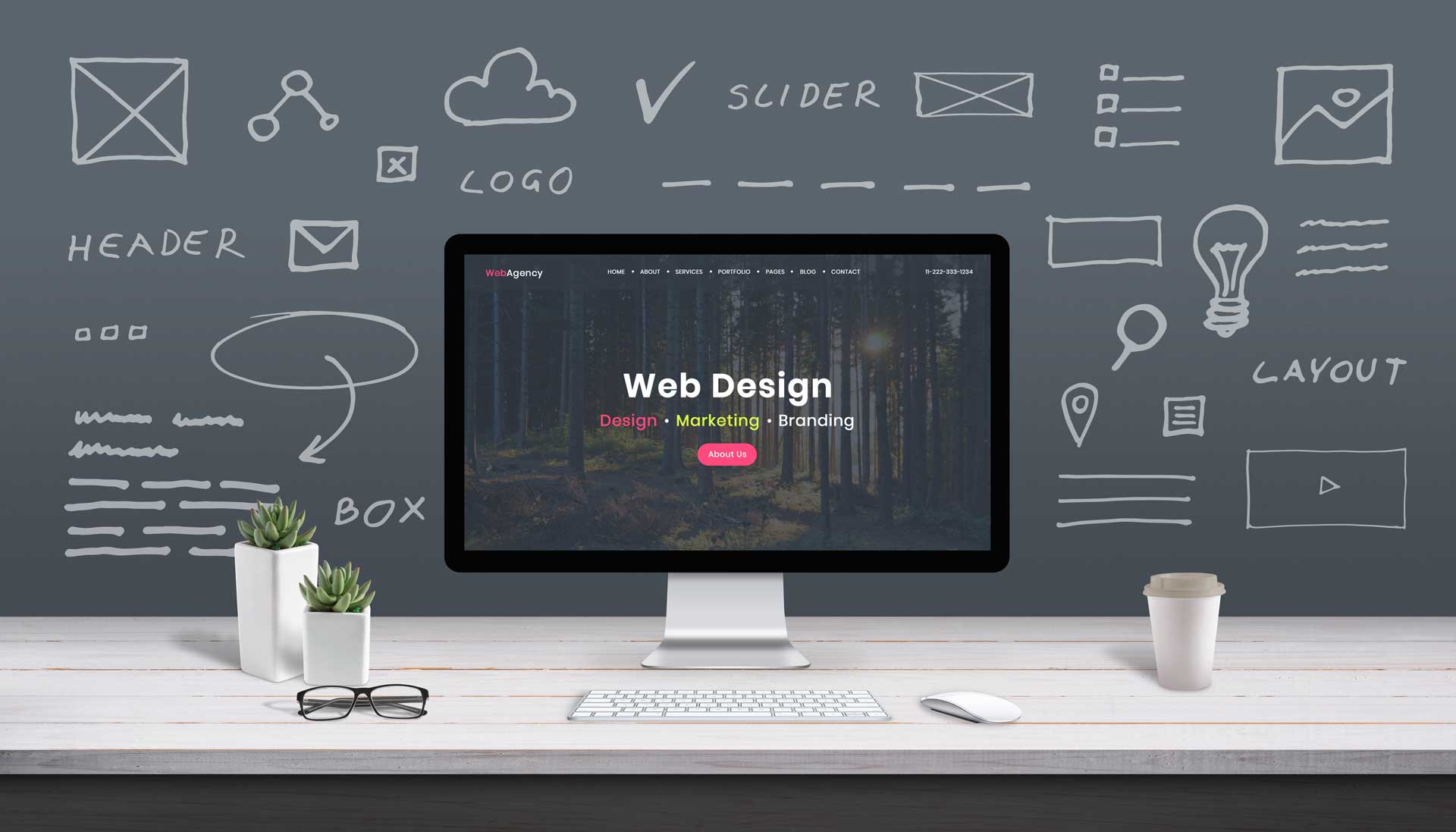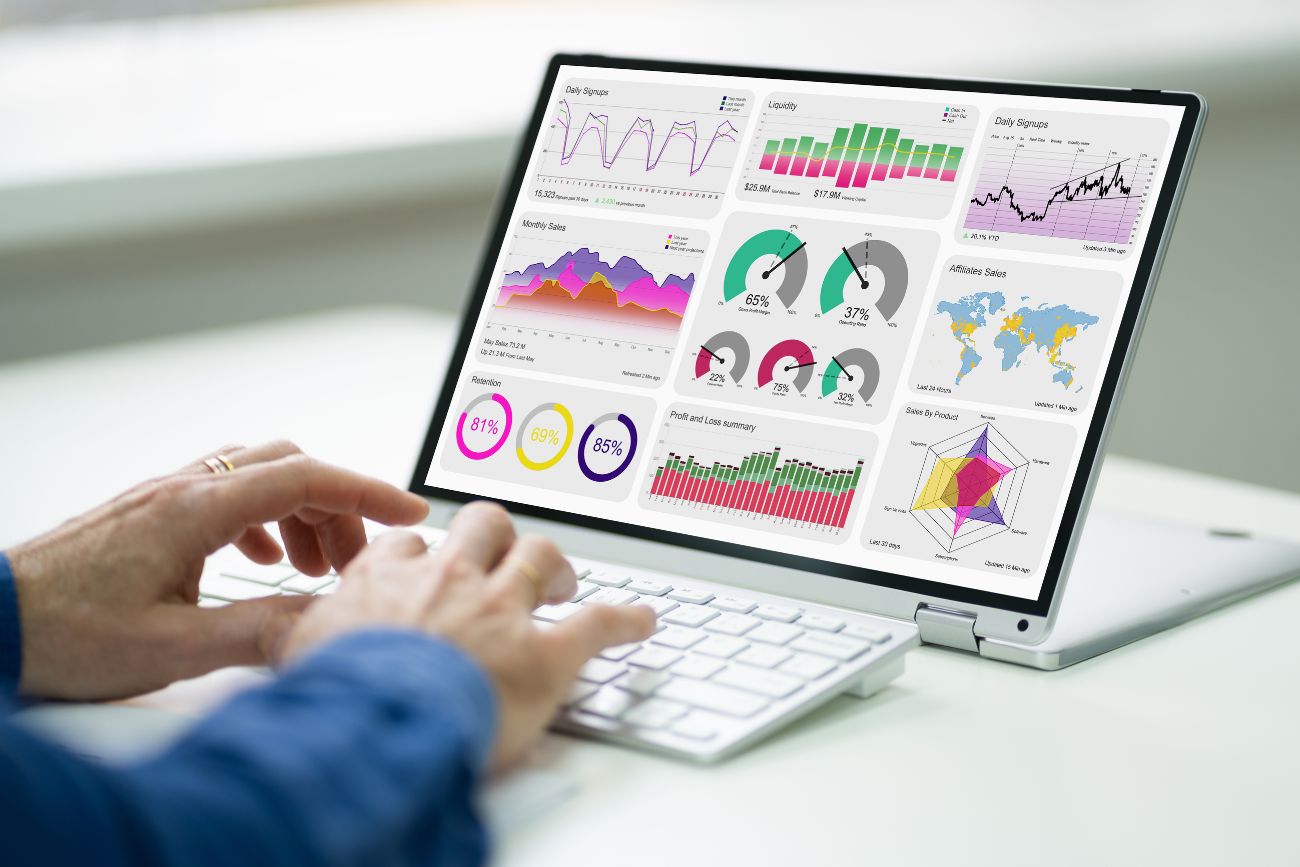Website Design Costs in Australia
A Comprehensive Guide
In the digital era, a unique, user-friendly website is essential for any business to succeed. However, the cost of designing a website can vary greatly, depending on the type, complexity, and customisation involved.
This comprehensive guide will provide insights into different website design types and associated costs, factors influencing these costs, frequently asked questions about web design pricing, and tips for optimising your web design budget. Everything you need to When asking how much to build a website in Australia.
Types of Website Design and Associated Costs
Basic Website: $1,000 – $3,500
Using platforms like Wix, Squarespace and WordPress Themes
Basic websites are perfect for businesses that primarily operate on word-of-mouth referrals. These sites are an information platform, sharing details like services offered, operating hours, and contact information. Using platforms such as Wix or Squarespace and template-based design, these websites are affordable and relatively quick to build. This cost range typically includes the set-up, design using a template, and initial content implementation.
Custom Brochure-style Website: $4,000 – $10,000+
These websites are often designed using WordPress, one of the most popular platforms for design due to its flexibility and ease of use. They involve creating designs from scratch to fit your unique branding requirements. The increased cost is due to the added custom design work, CMS integration, and complexity of design and development requirements. WordPress functionalities allow for a more customised and advanced website, adding value and usability to your online presence.
eCommerce Website: $8,500 – $20,000+
Constructing an online store involves various complex components, including product listings, a shopping cart, a checkout system, and a user-friendly interface for easy navigation. This complexity and the time required result in a higher cost for your e-commerce web design.
Magento / Shopify: $9,500 – $20,000+
These globally recognised eCommerce platforms are popular choices for online retail businesses. The cost varies based on the complexity of the website and the number of products featured.

Factors Influencing Web Design Costs
SEO Services: Incorporating Search Engine Optimisation (SEO) into your website design is an important consideration that can increase the overall cost. SEO services involve many tasks, including keyword research and optimisation, content creation and optimisation, technical SEO, and link building. These services help improve your website’s visibility and performance in search engine results, driving more organic traffic and leading to increased conversions. Although this can add to the initial investment, it is a crucial component for long-term digital marketing strategy and for enhancing the ROI of your website. Considering SEO services as an integral part of your website development rather than an optional extra can yield significantly better results in the long run. When asking how much to build a website in Australia, it’s best to factor in SEO.
Project Complexity: Simple, brochure-style websites with a handful of pages will generally be more affordable than complex sites requiring custom functionalities, e-commerce capabilities, or advanced design elements. These more intricate sites naturally demand more time, expertise, and resources, which increases costs.
Design Customisation: If you’re after a unique, tailored design that echoes your brand identity, it will involve more intense design work, including custom graphics or themes. While this can increase your overall cost, it ensures your website distinguishes itself and strikes a chord with your target audience.
Functionality and Features: Advanced features like e-commerce capabilities, membership portals, or online booking systems can escalate prices. Conversely, a simple website with standard features like contact forms, image galleries, and blog sections will be more affordable.
Content Creation and Migration: High-quality content engages audiences and enhances search engine visibility. If you need assistance with content creation, such as copywriting or graphic design, or migrating content from an existing website, it may require the involvement of professionals and add to your cost.
Choosing Your Web Design Route
Freelancer, Agency, or Offshore Outsourcing
When creating your website, you have several options available to you, each with its unique benefits and potential drawbacks. The choice between hiring a freelancer, working with an agency, or outsourcing offshore depends on several factors, including your budget, project requirements, and the level of involvement you wish to have in the design process.
Freelancers
Freelancers are an affordable choice for web design and can be a good fit for more straightforward projects or businesses on a tight budget. The advantages of working with a freelancer include the potential for lower costs and more personal attention to your project. However, freelancers might have limited capabilities, especially if your project requires a wide range of expertise, from graphic design to programming to SEO. Project timelines may also be longer depending on the freelancer’s schedule and workload.
Agencies
Agencies like Left Bank Design are typically more expensive than freelancers but for good reason. With a team of professionals, agencies can offer a wide array of services and expertise in web design and development areas. They often have dedicated project managers to ensure timelines are met, and the quality of work is high. You’re also less likely to encounter issues with communication or project abandonment. However, their comprehensive services come at a higher cost, which might only suit some budgets.
Offshore Outsourcing
Offshore outsourcing involves hiring a team or individual in another country through services such as Fivrr.com and UpWork. Many businesses outsource their web design needs to countries with lower labour costs to save money. This can result in significant cost savings, but it may also bring challenges in terms of communication due to language barriers or different time zones. The quality of work may also vary greatly, and it may be more difficult to resolve disputes or enforce quality standards due to the distance and different jurisdictions.
Remember, there’s no one-size-fits-all answer when choosing your web design route. It’s crucial to consider your individual needs, budget, and business objectives before deciding.
Tips for Optimising Your Web Design Budget
Clear Objectives: Clearly define your website objectives upfront. Knowing exactly what you need will save time and unnecessary expenses on features you may not need.
Reusable Design Elements: Using reusable components and templates can help reduce costs, especially for businesses with multiple similar pages.
Content Preparedness: Have your content ready before the design process begins. Content revisions can lead to changes in design, increasing the overall cost.
Avoid Excessive Customisation: Customising every website element can significantly increase costs. Choose wisely where the custom design will have the most impact and use standard formats elsewhere.
Post-Launch Updates: Regularly updating your website post-launch can help you keep up with design trends and user preferences. However, be sure to budget for these updates.

Frequently Asked Questions about Web Design Costs
This section answers some of Australia’s most common queries about “how much to build a website in Australia“.
Why does a custom website design cost more?
Custom designs are more expensive due to the work involved in creating a unique, bespoke design that matches your brand identity.
Can I reduce the cost by providing my own content?
Yes, supplying your content can help lower costs. However, ensure the content is high quality to engage your audience and boost search engine rankings effectively.
How much does eCommerce functionality add to the cost of a website?
Adding eCommerce functionality can significantly increase costs due to the complexity of adding product listings, payment gateways, and other necessary features.
Why is WordPress a popular choice for website design?
WordPress is popular due to its user-friendly interface and extensive customisation options. It can cater to various requirements, from simple blogs to complex eCommerce sites.
What are the ongoing costs after the website design is complete?
Ongoing costs can include domain name renewal, website hosting, and maintenance. Depending on your website, you may also have content updates and digital marketing activities prices.
Understanding these factors can give you a clearer idea of how much to build a website in Australia, helping you budget more effectively. Remember, a well-designed, high-performing website is not an expense; it’s an investment in your business’s future.






